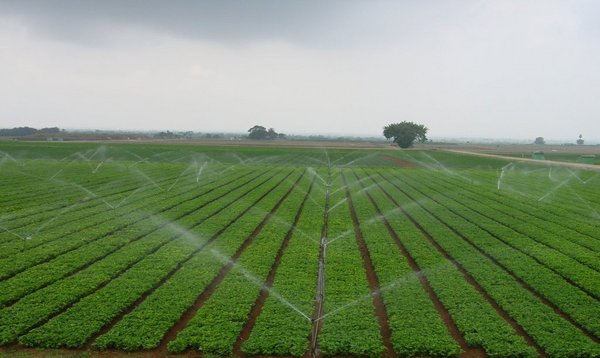- Share this article
- Subscribe to our newsletter
An investment planning tool to boost climate-smart agriculture
Researchers at the International Crops Research Institute for the Semi-Arid Tropics (ICRISAT), in partnership with the International Food Policy Research Institute (IFPRI), have developed an investment planning tool for the prioritisation and upscaling of climate-smart agriculture (CSA) technologies across districts in India’s Telangana State.
“This study fills the critical knowledge gap by developing a planning tool which helps policy-makers to make informed decisions on the allocation of budget for climate-resilient technologies across various crops and districts,” said Dr Shalander Kumar, Cluster Leader - Markets, Institutions and Policies, ICRISAT, and study lead author.
The study used the MOTAD model (Minimization of Total Absolute Deviation) to assess the impact of CSA technologies compared to farmers’ traditional practices under current and extreme weather scenarios.
A five-year dataset from 2010-2014 on the cost of cultivation and crop production of eleven crops under six CSA technologies and farmers' traditional practices was used. The model suggests the most effective CSA technology suitable for a specific crop and district.
For instance, the findings revealed that drip irrigation and farm pond technologies might be highly profitable and weather-resilient but not equally effective across crops and districts.
Farm pond technology was found to be most effective for the cultivation of high-value crops like mango and tomato. At the same time, drip irrigation technology proved to be more effective for cotton and groundnut cultivation under extreme weather conditions.
“Without such information, the investment allocation for climate-resilient technologies is less likely to reach its full potential," said Kumar, and added: “The present model has evaluated six CSA technologies for one state in India, but the same model can be extended to more states and other countries to evaluate their climate-smart investment strategies in the long run.”
(ICRISAT/wi)
More information:
ICRISAT website
You can also follow Dr Shalander Kumar, ICRISAT, on youTube





Add a comment
Be the First to Comment